This is the first step in the roadmap towards green vehicles in Vietnam. Vietnam News Agency reporters had an interview with auto-motorcycle expert The Dat - Head of the Cartimes auto-motorcycle page - Industry and Trade Magazine to analyze the impact on the auto and motorbike market as well as challenges and solutions to support consumers.
- Directive 20 on restricting fossil fuel vehicles in the Hanoi Ring Road 1 area from July 1, 2026 is attracting public attention. In your opinion, how will this Directive affect the production, distribution and consumption strategy of automobiles and motorbikes in Vietnam?
Expert The Dat: In my opinion, the impact of the Directive should be viewed from two aspects: short-term (2025-2028) and long-term (2028-2030 onwards), corresponding to the timelines and roadmap of the Directive.
In the short term, businesses and consumers will have certain views:
For manufacturers, car and motorcycle manufacturers will accelerate the transition to producing electric vehicles (EVs) and clean energy vehicles.
Companies like VinFast , which have invested heavily in electric vehicles, will have a competitive advantage because they have built an ecosystem of charging stations and battery production. Meanwhile, companies that still focus on gasoline vehicles like Honda and Yamaha will face great pressure from converting production lines, making new investments, and the risk of inventory due to falling demand.
For distributors, gasoline car dealers are likely to promote promotions and discounts to "clear stock" before the ban. On the contrary, the electric car distribution system, especially VinFast, has been growing strongly since before the issuance of the Directive, they will continue to expand in large cities such as Hanoi and Ho Chi Minh City - where the restriction policy is strictly applied (Ring Road 1 from July 1, 2026).
For consumers, a wait-and-see mentality will form, especially in Hanoi. Many people postpone plans to buy new cars, waiting for cheap electric car models or support policies from the State.
However, some people will still buy gasoline-powered vehicles to use before the ban, especially in areas that have not yet been restricted. Demand for electric scooters will increase, but limitations in charging infrastructure and high costs could slow the transition.
In the long term, by the 2028 (Ring 2) and 2030 (Ring 3) milestones, the transformation will be stronger and more comprehensive:
Manufacturers will have to restructure their entire strategies. Units that invest systematically in green technology such as VinFast, Yadea, Dat Bike will dominate the market thanks to early investment in this technology.
Meanwhile, traditional manufacturers that fail to adapt in time may lose market share or withdraw from the Vietnamese market.
Distributors will also have to restructure. The distribution network will focus on electric vehicles, with an increase in maintenance centers, charging stations and related services. Gasoline car dealers may convert to distributing electric vehicles or close if they do not adapt.
Consumers, especially in urban areas, will inevitably switch to electric vehicles. However, in rural areas where infrastructure is not yet developed, gasoline vehicles will continue to exist until their expiration date or until 2040 - the expected nationwide ban date. At the same time, demand for public transport such as electric buses and elevated trains will also increase, reducing dependence on private vehicles.
Overall, in my personal opinion, the Directive will promote the rapid development of the electric vehicle market, but the short-term period may be difficult due to the conversion costs and incomplete infrastructure. In the long term, the market will strongly shift to green vehicles, reshaping the automobile and motorcycle industry.
- So, in your opinion, what is the biggest challenge in the transition from gasoline cars to electric cars in Vietnam?
Expert The Dat: In my personal opinion, the biggest challenge is the charging station infrastructure - an essential factor that currently does not meet actual needs.
Currently, charging stations are mainly concentrated in big cities such as Hanoi and Ho Chi Minh City. People in suburban or rural areas have difficulty accessing charging stations (especially non-VinFast charging stations), causing inconvenience when using electric vehicles.
This stems from the problem that building a network of charging stations requires a large amount of capital, while private enterprises (like VinFast) are shouldering most of the costs. In addition, in reality, the State does not have a clear policy to socialize or support investment in charging infrastructure.
In addition, the treatment and recycling of electric vehicle batteries is a big problem. Battery recycling technology is expensive and complicated, while Vietnam has not yet built a complete battery recycling system. This is also something that environmentalists have mentioned a lot recently when talking about the treatment of electric vehicle batteries.
Finally, electric cars are still more expensive than gasoline cars, especially for low- and middle-income earners, making the switch a financial burden.
- So, in your opinion, what policies need to be promoted to support the green vehicle transition and impact consumer behavior?
Expert The Dat: The Government currently has a number of quite positive policies to promote the transition to green vehicles, including:
Tax incentives: exemption or reduction of import tax, special consumption tax, VAT for electric vehicles and components; direct subsidies for buyers of electric vehicles, especially electric motorbikes, to reduce the price difference compared to gasoline vehicles; preferential credit policies, such as interest-free or low-interest loans for low-middle income groups; financial support for transport businesses converting their fleets to electric vehicles.
The above policies, if widely and synchronously implemented, will contribute to significantly reducing financial barriers and promoting electric vehicle consumption psychology - especially among low-income groups.
Besides, with the development of electric buses, elevated trains and subways, urban people can reduce the use of personal vehicles, but there needs to be more connecting public transport systems.
- Right after Directive 20 was issued, many people thought that there would be a wave of "liquidation" of gasoline vehicles before July 1, 2026 and they would be "shifted". What is your opinion on this issue?
Expert The Dat: I think that the wave of liquidation of fossil fuel vehicles will definitely take place, especially in Hanoi. People in the Ring Road 1 area will tend to sell their vehicles early to avoid the loss of value when the vehicles are banned from circulation.
Car exchange programs like VinFast’s “Exchange Gas for Electricity” are a reasonable way to stimulate demand for electric vehicles, while also dealing with the amount of old gasoline cars. However, a big question is: Where will the liquidated cars go?
In my opinion, the number of liquidated vehicles will be “moved” in one of the following directions: First, transferred to areas that are not yet banned, that is, outside Ring Road 1 or to other provinces and cities. This will be the main receiving market in the period 2025-2028.
Second, sell to the secondary market, including domestic and export (Cambodia, Laos).
Third, some vehicles that have reached the end of their useful life will be recycled to salvage components or materials - but this requires the State to build a professional recycling system to avoid secondary pollution.
Finally, old gasoline vehicles can be converted for other purposes (for example, as internal transportation vehicles in industrial zones: tractors, vehicles transporting workers within the zone...) before their expiry date.
Thank you!
According to VNA
Source: https://baothanhhoa.vn/lo-trinh-cam-xe-xang-tac-dong-the-nao-toi-thi-truong-oto-xe-may-viet-nam-254888.htm


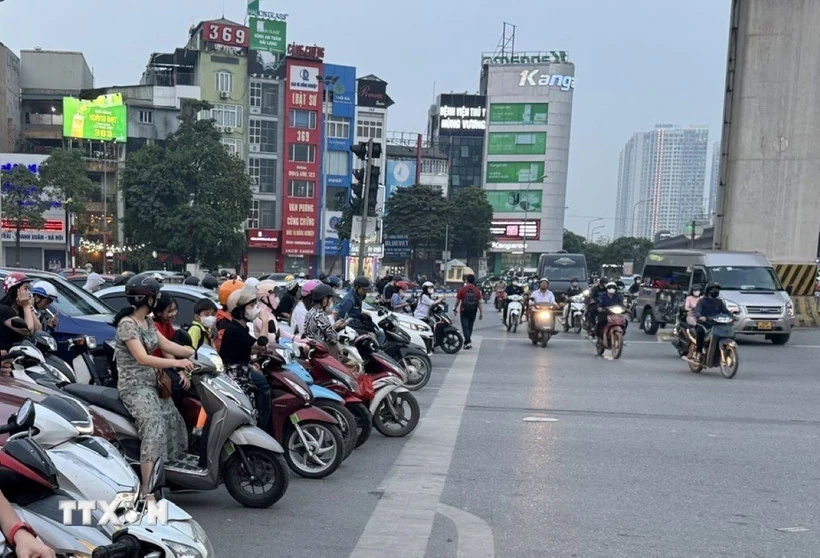
![[Photo] Conference of the Government Party Committee Standing Committee and the National Assembly Party Committee Standing Committee on the 10th Session, 15th National Assembly](https://vphoto.vietnam.vn/thumb/1200x675/vietnam/resource/IMAGE/2025/10/15/1760543205375_dsc-7128-jpg.webp)


![[Photo] The 18th Hanoi Party Congress held a preparatory session.](https://vphoto.vietnam.vn/thumb/1200x675/vietnam/resource/IMAGE/2025/10/15/1760521600666_ndo_br_img-0801-jpg.webp)

![[Photo] Many dykes in Bac Ninh were eroded after the circulation of storm No. 11](https://vphoto.vietnam.vn/thumb/1200x675/vietnam/resource/IMAGE/2025/10/15/1760537802647_1-7384-jpg.webp)
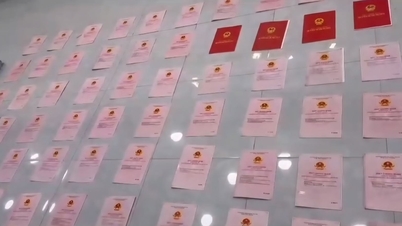



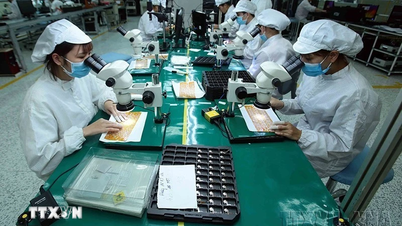

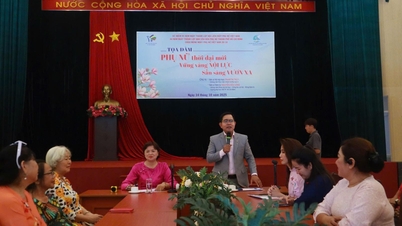
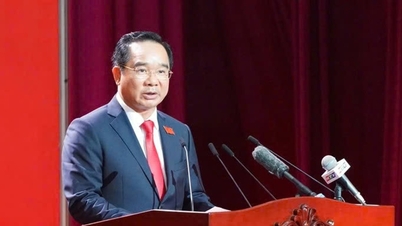












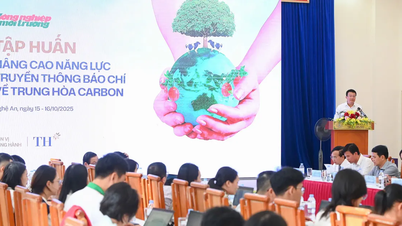





















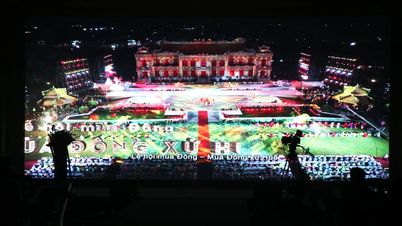


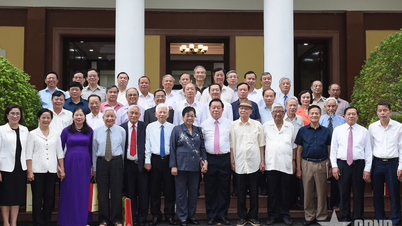






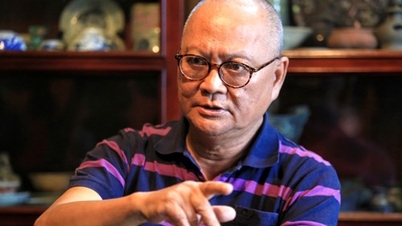
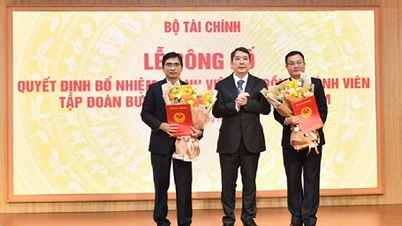
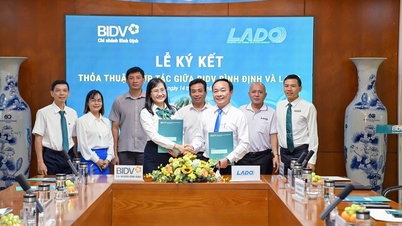



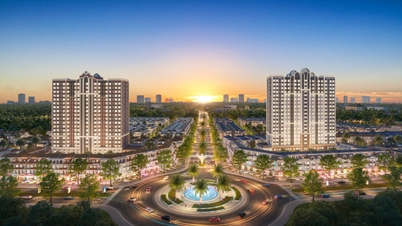







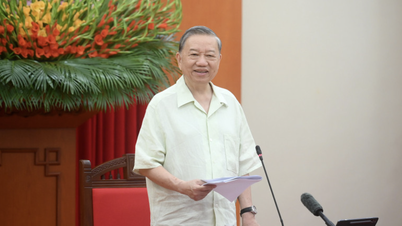
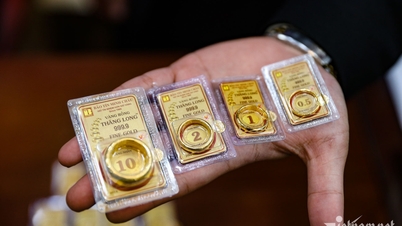

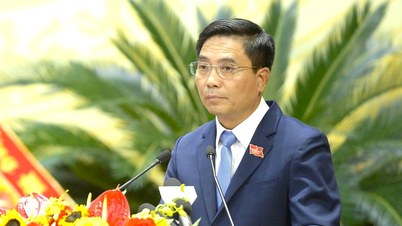
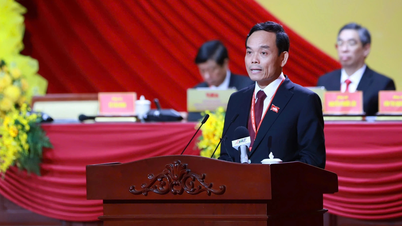
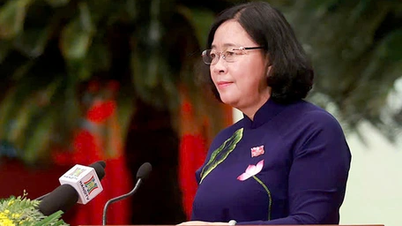

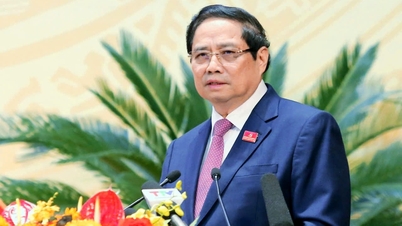
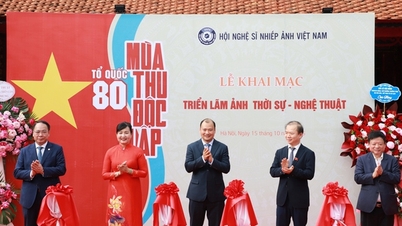


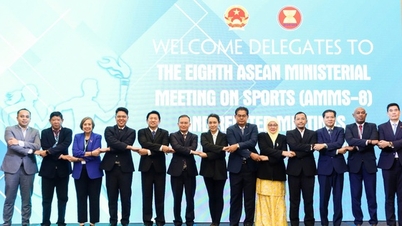






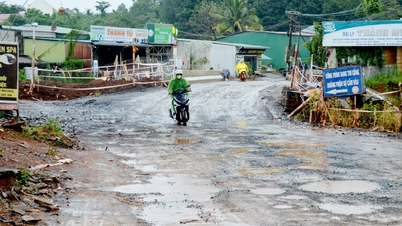



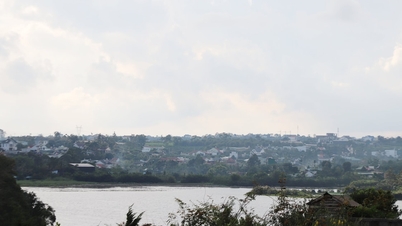



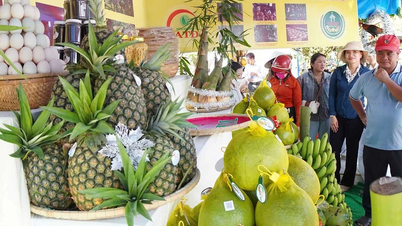




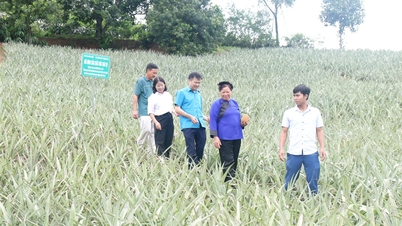







Comment (0)